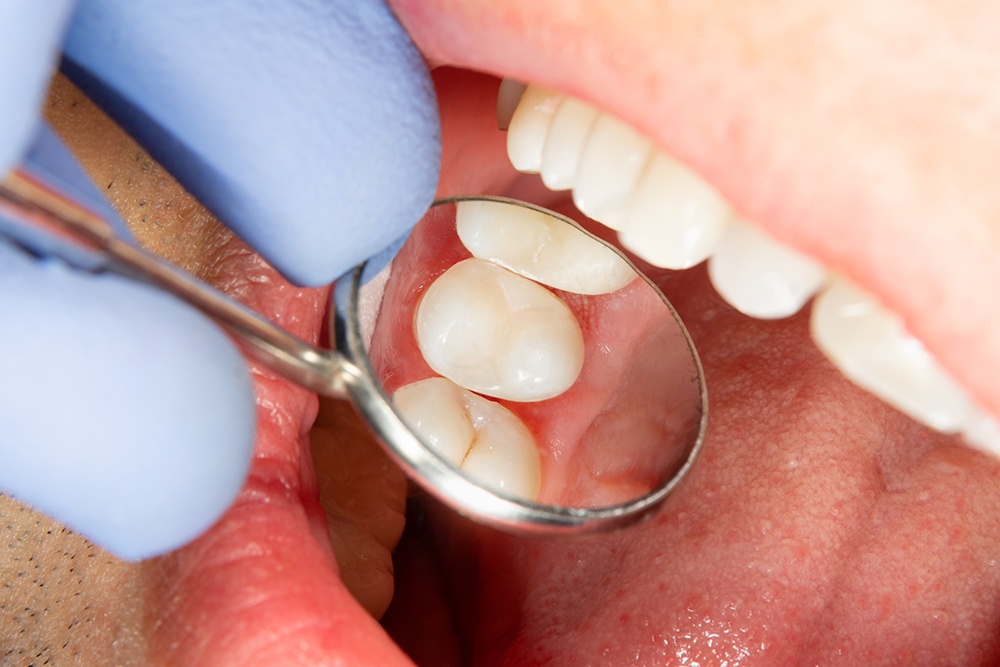Blog
Dental hygiene tips for healthy teeth & gums

What Are Dental Sealants
The plastic coatings that are mostly placed on the chewing surface of your permanent back teeth, the molars and premolars are called dental sealants. They act as a blockade, protecting your teeth against decay-causing bacteria.
Role of Dental Sealants
The chewing parts of the molar and premolar teeth have canals, ‘fissures’ that make them prone to decay. Such fissures can be deep, are not easy to clean, and can be narrower for a single bristle of your toothbrush. Plaque collected in such areas, and the acid from bacteria attacks the enamel resulting in cavities. Fluoride assists in preventing decay and protects all the surfaces of the teeth. Dental sealants offer an extra layer of protection for the grooved and pitted sections by providing a smooth surface that covers the fissured part.
Thorough flossing and brushing can assist in removing food particles and plaque from the smooth areas of your teeth. However, most toothbrushes can’t reach all the way into grooves to take out all the food and plaque. With reliable dental sealants, you can create a barrier to avoid food particles to reach those deep areas.
When Should You Get Sealants?
Usually, the first dental sealant is placed on the fissure of the first permanent molar tooth. It happens after the chewing surface of your tooth has flared up properly beyond the gum. This tooth develops behind the baby teeth. If the occlusal surfaces of such teeth are secured, the dental sealant can assist in protecting the tooth. Apart from the wisdom teeth that grow much later, the molars and premolars continue to erupt until the age of eleven to thirteen. Moreover, the chewing areas of such teeth can be sealed after they have wholly erupted beyond your gum.
How are Dental Sealants Placed?
Firstly, your dentist or hygienist will clean the tooth surface entirely with a paste and rotating brush. He or she will then wash your teeth with water. An acidic solution will be placed on the fissured area of your tooth’s chewing surface for a few seconds before rinsing off. It will create tiny microscopic areas and a fine-dense surface around the tooth enamel that can be viewed through a microscope.
The rough area and microscopic surfaces allow the dental sealant to stick to your tooth. After your tooth is dried again, the liquid dental sealant is placed on the tooth and hardened. Sealants are tightened with the help of a light that hardens them. At times, dentists utilize a two-component dental sealant that sets without a light. Lastly, when the dental sealant is tight, it becomes hard like a plastic varnish coating, and you can start chewing on the tooth again.
Moreover, sealants are quite easy for your dentist or hygienist to apply as it only takes some minutes to seal each tooth. You don’t have to worry about pain or discomfort during the procedure. You can even choose the type of dental sealants as they come in clear, white, or have a slight tint.
Book Appointment to find out which treatment might be best for you.


